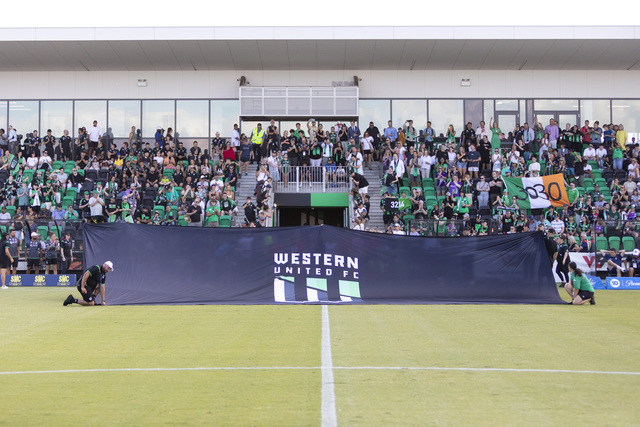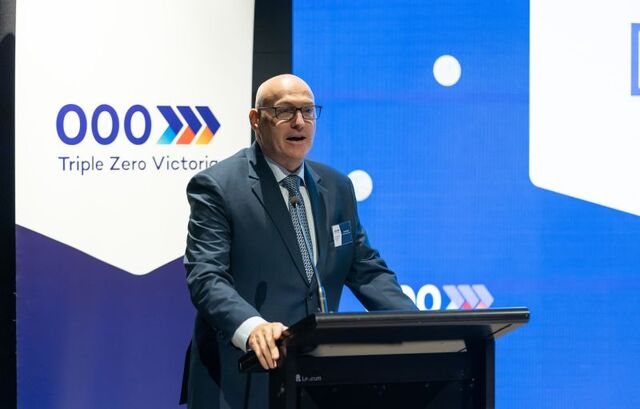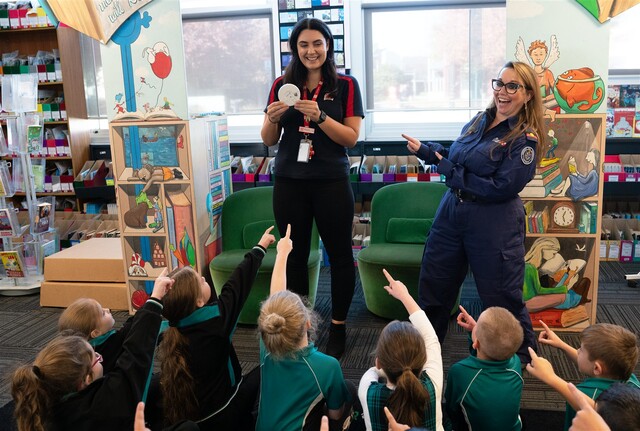SUMMER rainfall figures from across the western suburbs have confirmed what most suspected: it’s been a long, dry, scorching hot summer.
Data from Melbourne Water’s network of rain gauges across Melbourne’s west shows it was a drier than average summer at all suburban locations.
But for storms in the last four days of summer, the rainfall totals would have been far lower — with the February downpours accounting for a third of the total summer rain in most suburbs.
Altona was the wettest place in the west with 93 millimetres, still well below its long-term average of 136 millimetres. Flemington got only 70 millimetres compared to its long-term average of 128mm.
Melbourne Water spokesman Nic McGay said the summer marked a return to more traditional hot and dry conditions, following exceptionally wet summers in 2010-11 and 2011-12.
“It was a similar story in the four major catchments (Maroondah, O’Shannassy, Upper Yarra and Thomson) that harvest most of Melbourne’s water.
“Water storages started summer at 81.2 per cent and ended the season at 75.8 per cent full — a decrease of almost 100 billion litres.” Despite the decline, Melbourne’s storages finished the season at their highest end-of-summer level since 1997.






